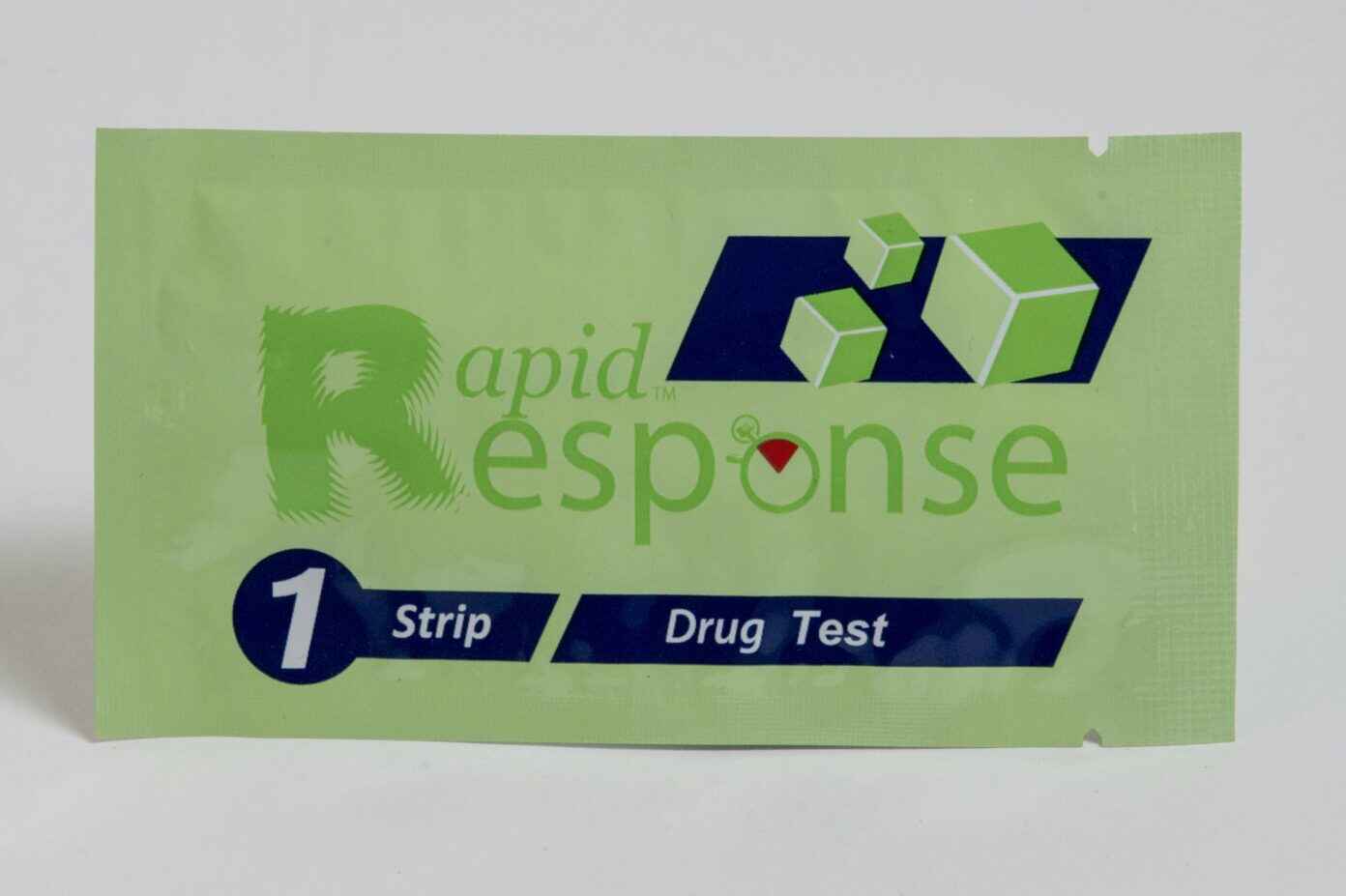Drug Checking is Effective: More States Should Stop Criminalizing It
June 26, 2025
Overview
The illicit drug supply in the U.S. is dangerously contaminated, with widespread fentanyl adulteration one high-profile example. States and municipalities interested in promoting evidence-based overdose prevention strategies should enact favorable drug checking policies, and they should consider a comprehensive approach, like a recently enacted law in California, to most effectively resolve existing barriers.

One of the many negative consequences of prohibitionist drug policy is that the illicit drug supply is dangerously contaminated. To reduce costs or facilitate distribution, suppliers often market a drug as one thing (such as heroin) but deliver a product that is partly or wholly adulterated with other substances (such as fentanyl). Sometimes these adulterants are similar but more potent than the promised drug, but sometimes they have entirely different (and often unwanted) effects. Widespread fentanyl adulteration is one high-profile example, but there are many other common adulterants, such as xylazine, medetomidine, and nitazenes. This is a significant public health concern: any drug that is other than what the user expects increases the risk of negative outcomes.
Helping people determine what is in the drugs they obtain—known as drug checking—can be an impactful harm reduction intervention. Drug checking can range from simple to complex: for example, test strips that identify the presence of contaminants are an easy and cost-effective method, while some organizations use advanced equipment that can analyze in detail all the substances in a sample. These programs can provide detailed analysis to participants or use the resulting data to inform the community at large and advance scientific research.
Research shows that drug checking yields public health benefits. Studies have found that people who receive test strips tend to use them and alter their behavior based on the results, such as by using smaller amounts or more slowly. Governments and other organizations in many states now provide test strips, and drug checking programs are becoming more common.
Nevertheless, criminal law creates significant barriers to greater adoption of this evidence-based public health intervention. In most states, illegal drug “paraphernalia” is defined broadly to include objects that “test” or “analyze” controlled substances. The Harm Reduction Legal Project’s 50-state survey identifies a complex patchwork of drug checking legality across the country. In many states, distributing and possessing some or all forms of drug checking equipment is arguably a crime, and in nearly all states possessing small amounts of drugs for drug checking is illegal. This complexity and the potential for criminal liability limits broadscale implementation of drug checking, despite its effectiveness.
While most states have taken some action to permit drug checking in some form, these changes typically do not cover all types of drug checking (for example, 16 states permit some kind of drug checking only for fentanyl, even though other adulterants such as xylazine are rapidly spreading). A more effective policy approach would more universally legalize drug checking. A new California law that went into effect on January 1, 2025, is a good model.
This law makes it clearly legal to possess, deliver, or manufacture any equipment used to test substances, or to run a business that offers such equipment. Possession of paraphernalia for the purposes of testing—and, crucially, possession of the underlying substances being tested—is legalized for staff and participants, and drug checking activity cannot be used as probable cause for a search or seizure.
States and municipalities interested in promoting evidence-based overdose prevention strategies should enact favorable drug checking policies, and they should consider a comprehensive approach, like California’s, to most effectively resolve existing barriers.
This post was written by Michael Abrams, J.D., Senior Attorney, Network for Public Health Law—Harm Reduction Legal Project.
The Network promotes public health and health equity through non-partisan educational resources and technical assistance. These materials provided are provided solely for educational purposes and do not constitute legal advice. The Network’s provision of these materials does not create an attorney-client relationship with you or any other person and is subject to the Network’s Disclaimer.
Support for the Network is provided by the Robert Wood Johnson Foundation (RWJF). The views expressed in this post do not represent the views of (and should not be attributed to) RWJF.
